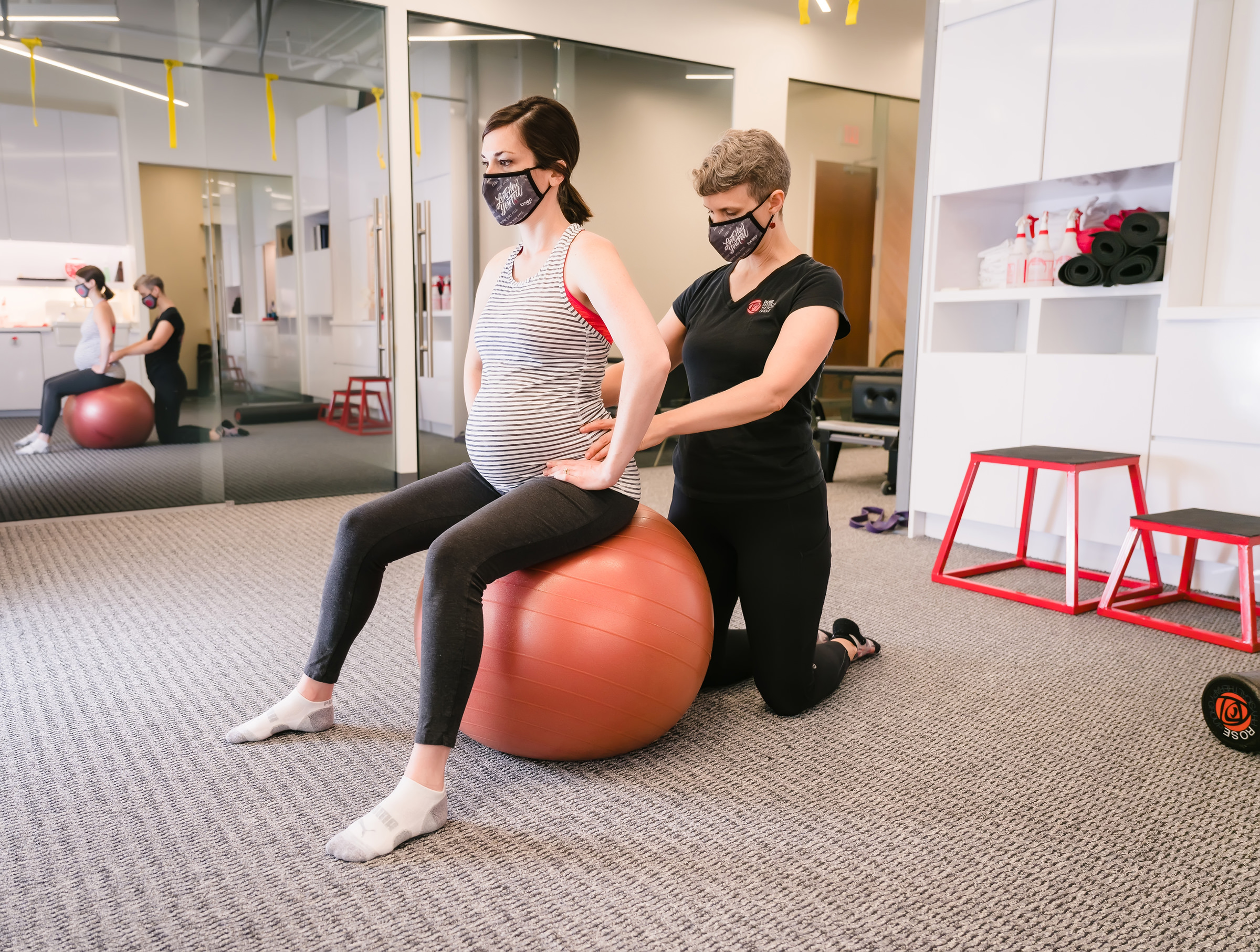
September 7, 2024
The Influence Of Hormonal Agent Therapy On Urinary System Incontinence Urinary Incontinence Institute
Management Of Urinary System Incontinence In Postmenopausal Ladies: An Emas Medical Guide It can also damage your pelvic flooring muscle mass, making it more challenging to hold in pee. Nonneurogenic urinary system incontinence may be triggered by anatomic or practical conditions (e.g., ectopic ureters) impacting the storage space phase of micturition. Hormone-responsive incontinence is also an usual type of nonneurogenic urinary incontinence. In these individuals (usually pets), the detrusor response is typical; normal urination behavior, in addition to pee dribbling, occurs.What Causes Urinary Incontinence?
Can hormone inequality impact your bladder?
Pelvic Flooring Muscle Workouts
Do inform your specialist registered nurse or doctor if you are dripping pee. Vaginal dry skin can create inflammation in the area of the urethra. This can raise the risk of infection and discomfort when passing pee. Grown-up diapers are among the most effective services for females to manage this important shift and remain energetic regardless of their estrogen deficiency. One of the most effective therapy techniques is hormonal agent replacement treatment (HRT). HRT supplements your body with the estrogen it no more makes, helping to recover hormone balance, boosting urinary tract health and wellness, and reducing urinary incontinence signs. Prompt incontinence, or over active bladder, happens when you really feel an unexpected and extreme desire to urinate, adhered to by spontaneous urine leakage. Reduced estrogen degrees can irritate your bladder muscular tissues, causing increased level of sensitivity and over active bladder. Urethral incompetence normally causes periodic urinary system incontinence, usually at rest. Hormone therapy (estrogen) in postmenopausal women reduces urinary frequency which leads to raise in the strength of muscle mass around the bladder. Althoughbasic scientific research in this field is restricted, a current placebo-controlled, randomizedclinical trial of estrogen alone sheds light on this concern. Urethral closureis depending on the integrated action of the suburethral genital wall, thepubourethral tendons, the pubococcygeus muscular tissues, and the paraurethral Pelvic physiotherapy connectivetissues. As you age, the muscular tissues that sustain your pelvic organs can deteriorate. This suggests that your bladder and urethra have much less assistance-- usually bring about pee leak. Most women experience premenstrual syndrome (PMS) regarding 1-2 weeks before hemorrhaging starts. An all natural approach that makes use of medication, way of living adjustments, physical treatment, or other interventions might help reduce them or aid someone handle them. Many people think that it's something that just goes along with aging and is an inevitable concern. If you locate that urinary incontinence is troubling your everyday tasks and creating you to lose out on points you usually enjoy, speak to your healthcare provider.- Nerve damages can interrupt signals from your bladder to your mind so you don't experience the urge to pee.
- Estrogen is launched in your body prior to and during ovulation, and enlarges the uterine cellular lining to prepare the womb prepared for pregnancy.
- Vasoactive digestive tract peptide, a smooth muscle depressant, is lowered markedly in the bladders of individuals with detrusor overactivity.
- During sacral nerve stimulation, a surgically implanted tool supplies electrical impulses to the nerves that control bladder activity.
Social Links